In general, owing to school activities we come across various laboratory equipment and apparatus but many a time it is tough to distinguish between proper chemistry laboratory apparatus or biological laboratory apparatus or any other as such. The basic idea about the proper and necessary chemistry lab apparatus should be cleared among the students since the day they start performing basic chemical experiments in their school labs. This necessity acquaintance with the various apparatus makes strong ground knowledge of the students and the schools & colleges must take special care to make the students aware of these.
Let us see and try to understand the basic apparatus used in School chemistry laboratories and what are their specific uses when performing any chemical experiment. The first and foremost apparatus that every student or member entering the chemical laboratories should be aware of is of the safety apparatus. Safety protocols should be followed very strictly in these areas as a small mistake or misfortune can lead to big casualties and severe outcomes. One should always make sure to wear fully covered shoes and not sandals or slippers in any laboratory.
- Safety goggles: One must wear safety goggles in the chemistry lab. It protects the eyes from irritation that may arise from any chemical or fumes coming out during the experiment. In case of any accidental splashing of chemicals or acids, it also protects us from the blindness of the eyes
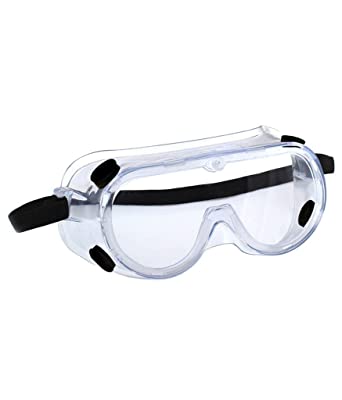
- Lab Apron: Lab apron has a similar role as the safety goggles, but here the difference just being that instead of protecting just the eyes, it is usedprevention of any injury in case of spills or splashes. for prevention of any injury in case of spills or splashes.
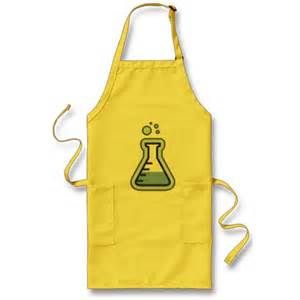
- Latex gloves: These gloves are useful in handling chemicals, acids, or any solutions to prevent direct contact from these chemicals with the bare hand sand skin.
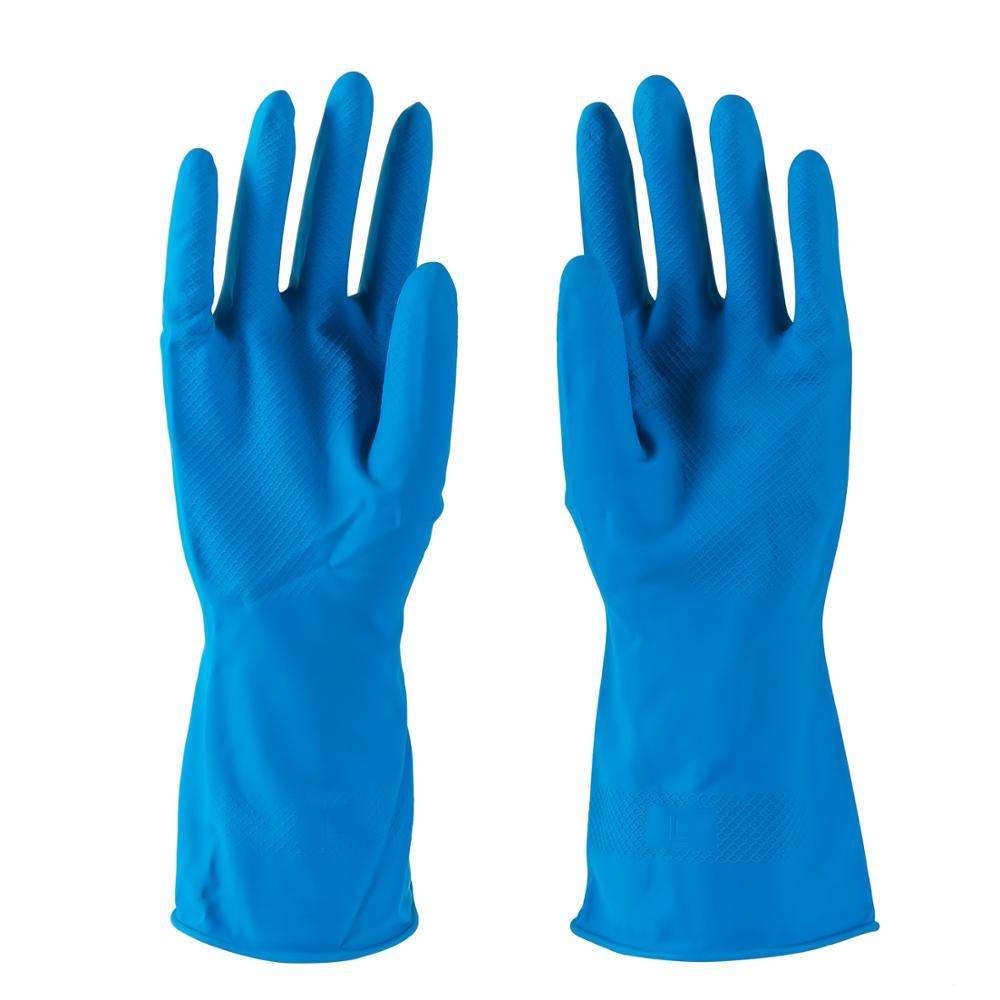
- Beakers: Beakers are cylindrical utensils made up of borosilicate glass, with a flat bottom and the upper opening having a rim around it along with a spout. The spout on their rim’s aids in the proper pouring of solutions and they do not have any covering on the top. Most of the time watch glasses are used to cover their solutions. They are of varying sizes and are used to hold, heat, or mix substances with a proper measure. Although they come with graduated calibrations, they are not meant for precise calculations of solutions, and as such other apparatus come handy in this.
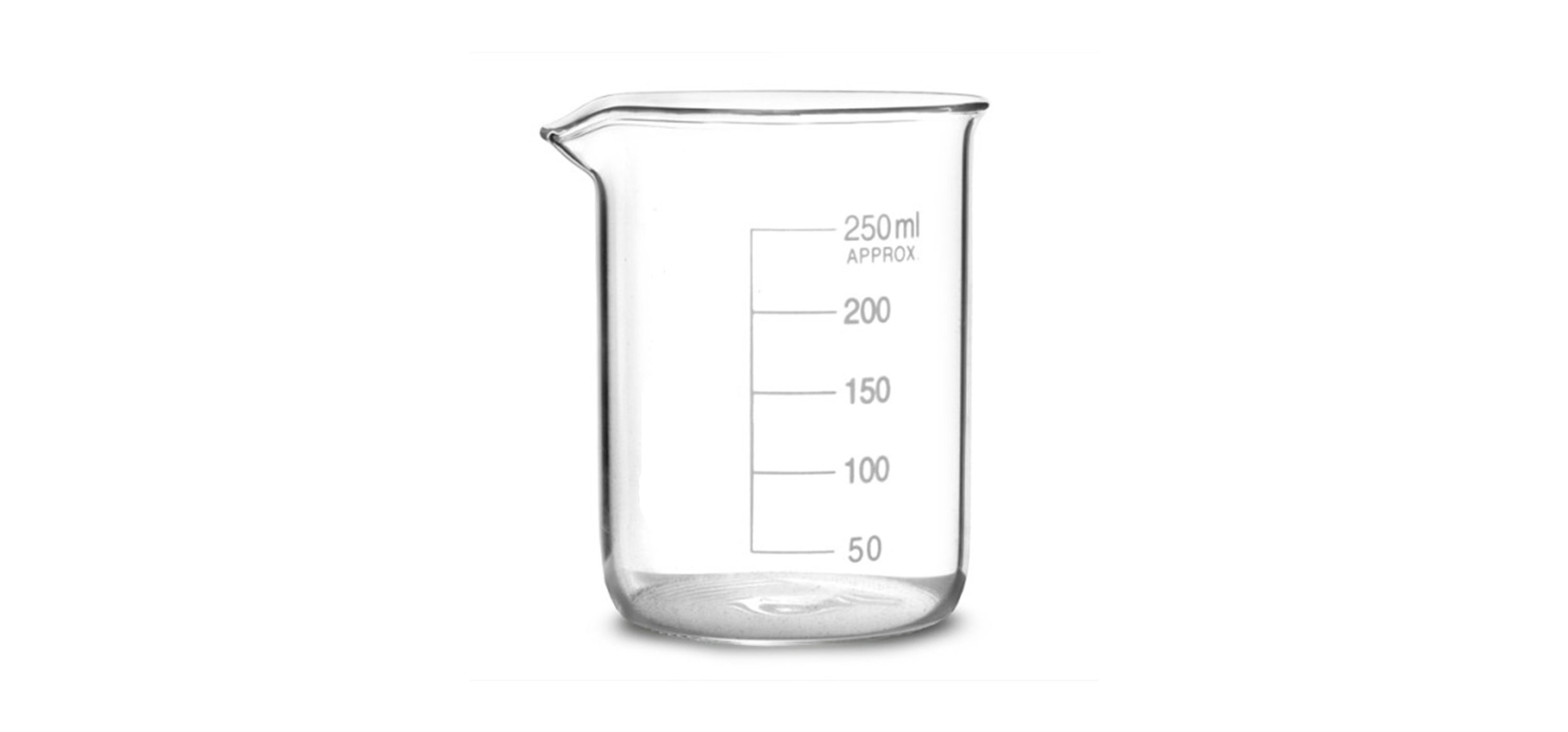
- Conical flasks: Conical flask, also known as Erlenmeyer flask, is an apparatus having a flat bottom and a long narrow neck, which allows easy mixing of the solution without spilling out the content. Since the flask has a narrow long neck, it is also used to gently heat the content inside with a gentle swirling motion of the flask. The flask can also be covered using a rubber cap or cork. One should always remember never to heat any flask with its cap on as it will lead to pressure and gas build up inside the closed flask and lead to explosions.
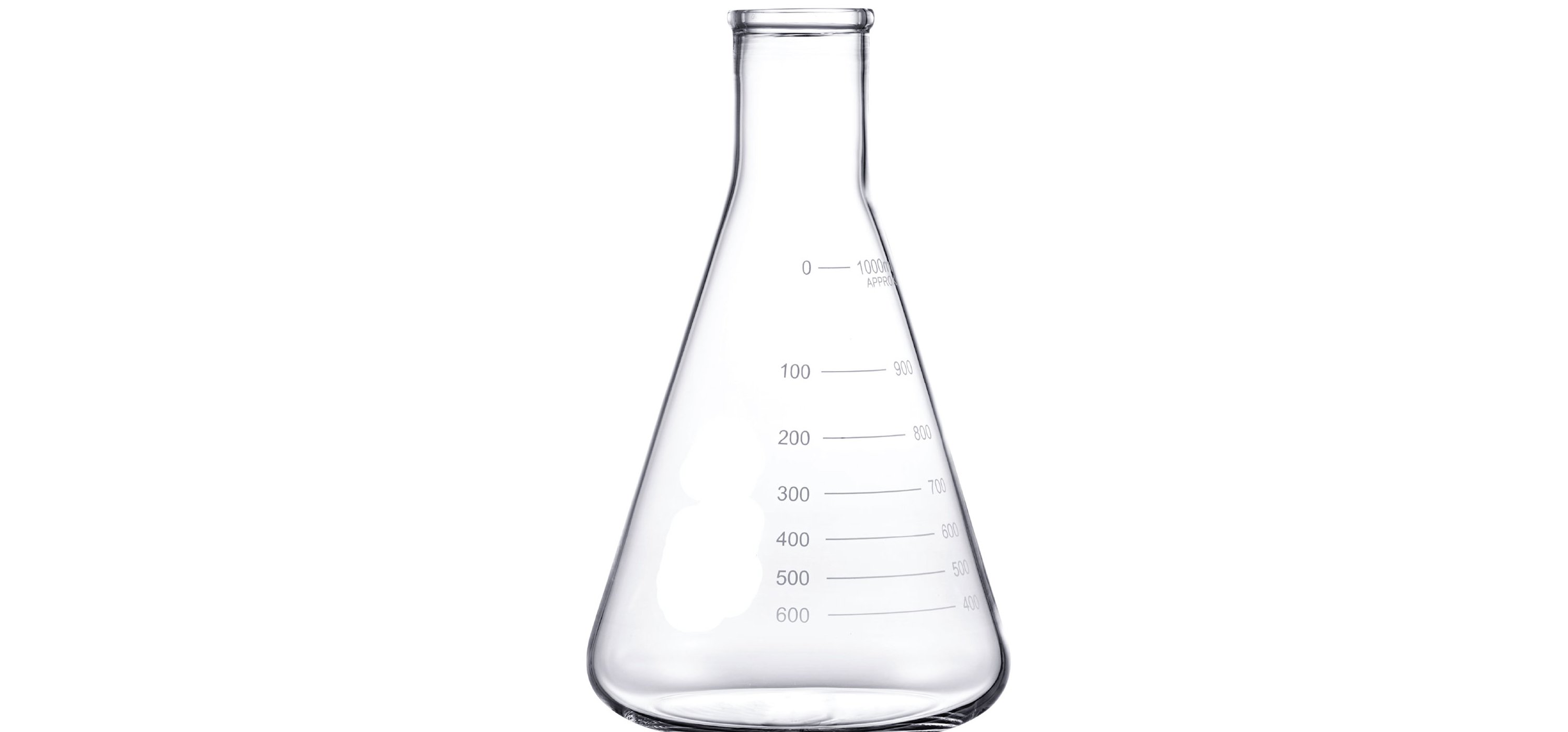
- Boiling flask: Boiling flasks, also known as Florence flask, has a round bottom with a long neck. It can be capped using rubber or glass stoppers and is mostly used to hold solutions that can be easily heated with proper swirling motions for proper mixing.
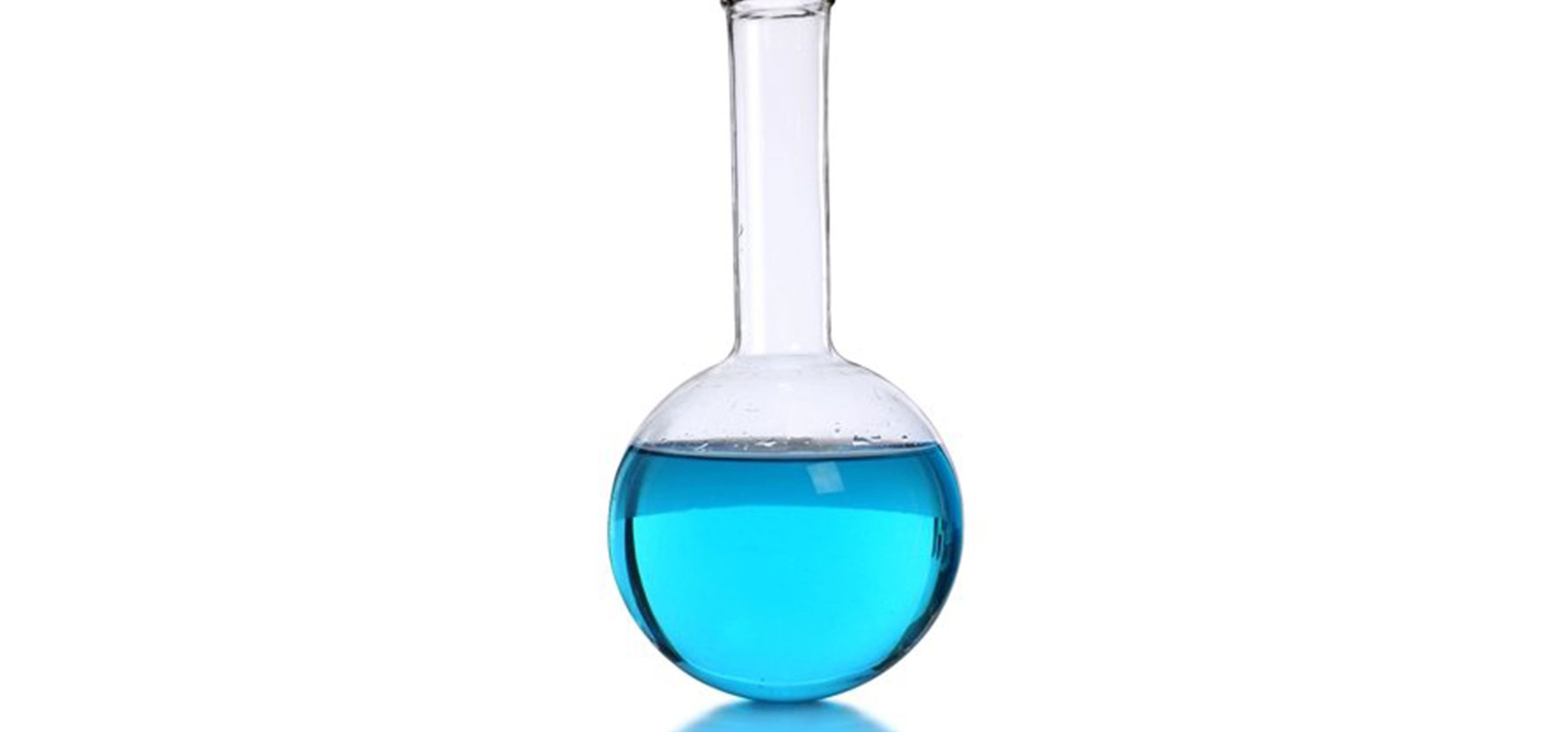
- Test tubes: The next very common apparatus are the test tubes. They are usually cylindrical pipes made up of glass, with a circular opening on one side and a rounded bottom on the other. They come in different sizes but the most common standard size is 18*150 mm. Test tubes are one of the most important apparatus as they are functional from storing to mixing reagents in any chemical or biological reactions. They become very handy when a large number of samples need to be tested for qualitative assessment of any test.

- Watch glass: This apparatus is made up of a concave piece of glass. It is normally used to hold solids, evaporate liquids, and heat small quantities of different substances as per the need of the experiment. Sometimes, they also become functional in serving as a lid for the beakers.
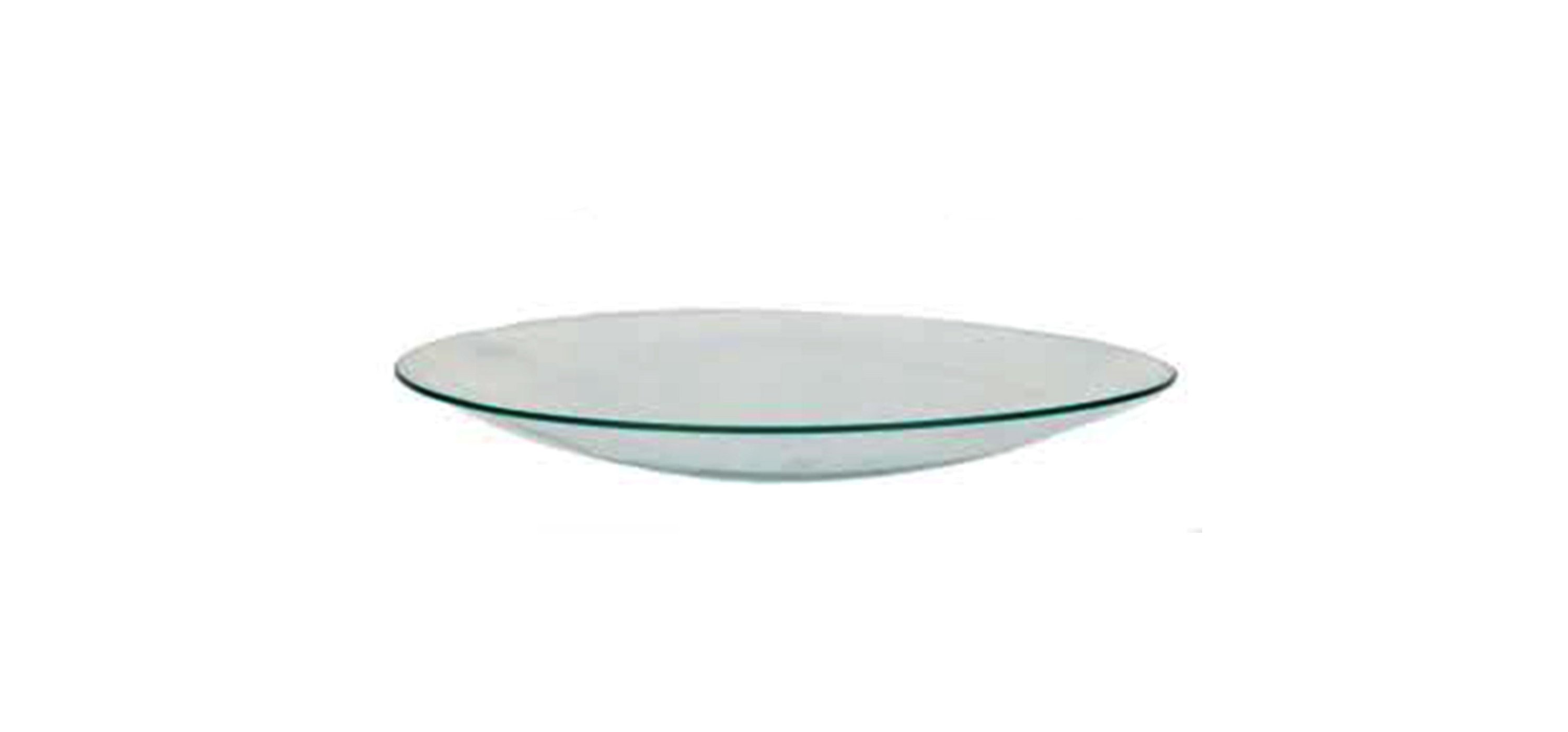
- Crucibles: Crucibles are made up of porcelain and are used to store and heat substances when required to be heated at high temperatures since glassware is not always suitable for such high heat involving experiments.
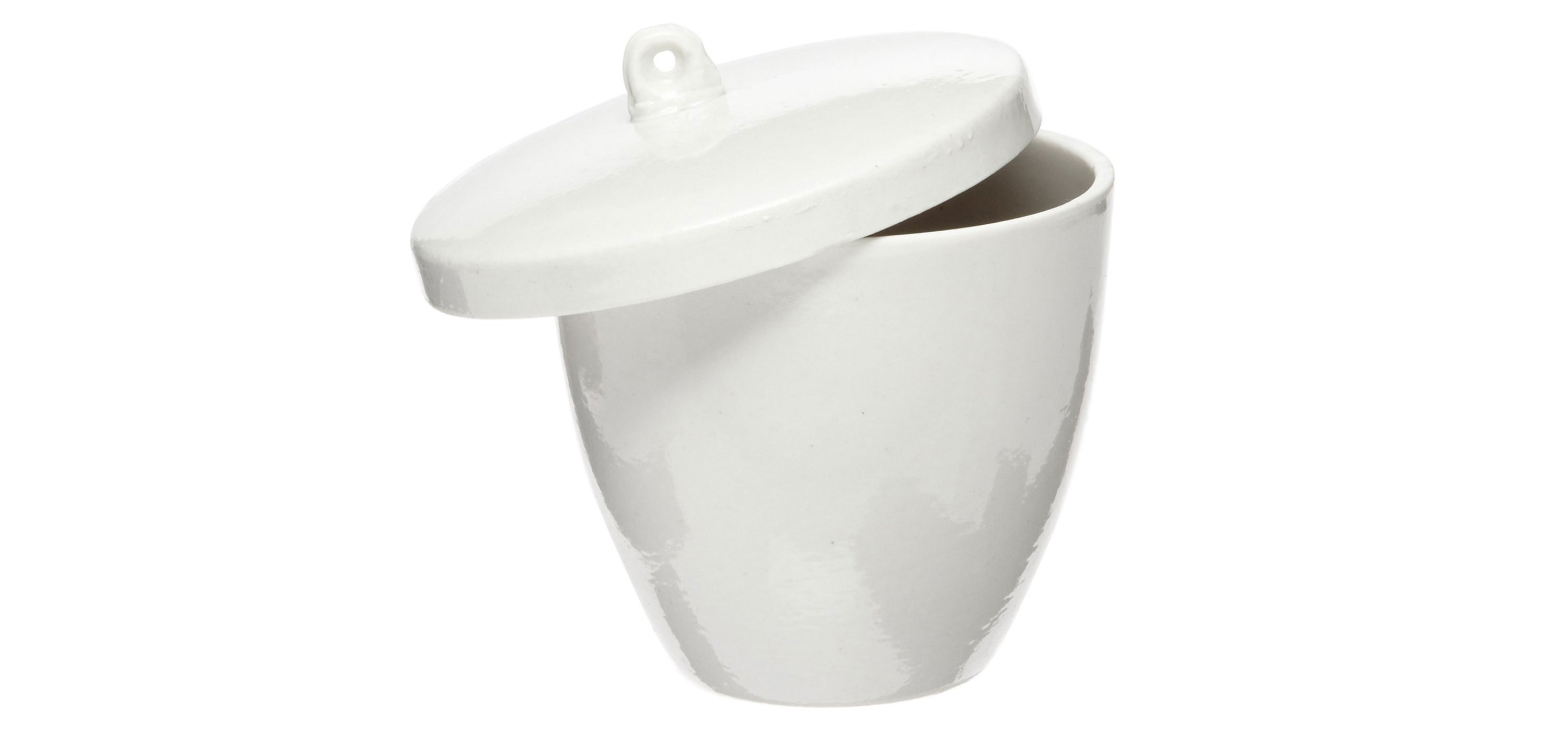
- Funnels: Funnels are necessary equipment to pour substances and solutions in narrow-mouthed test tubes and conical flasks. There is variety of its available, the most common ones are filter, thistle, and dropping funnels.
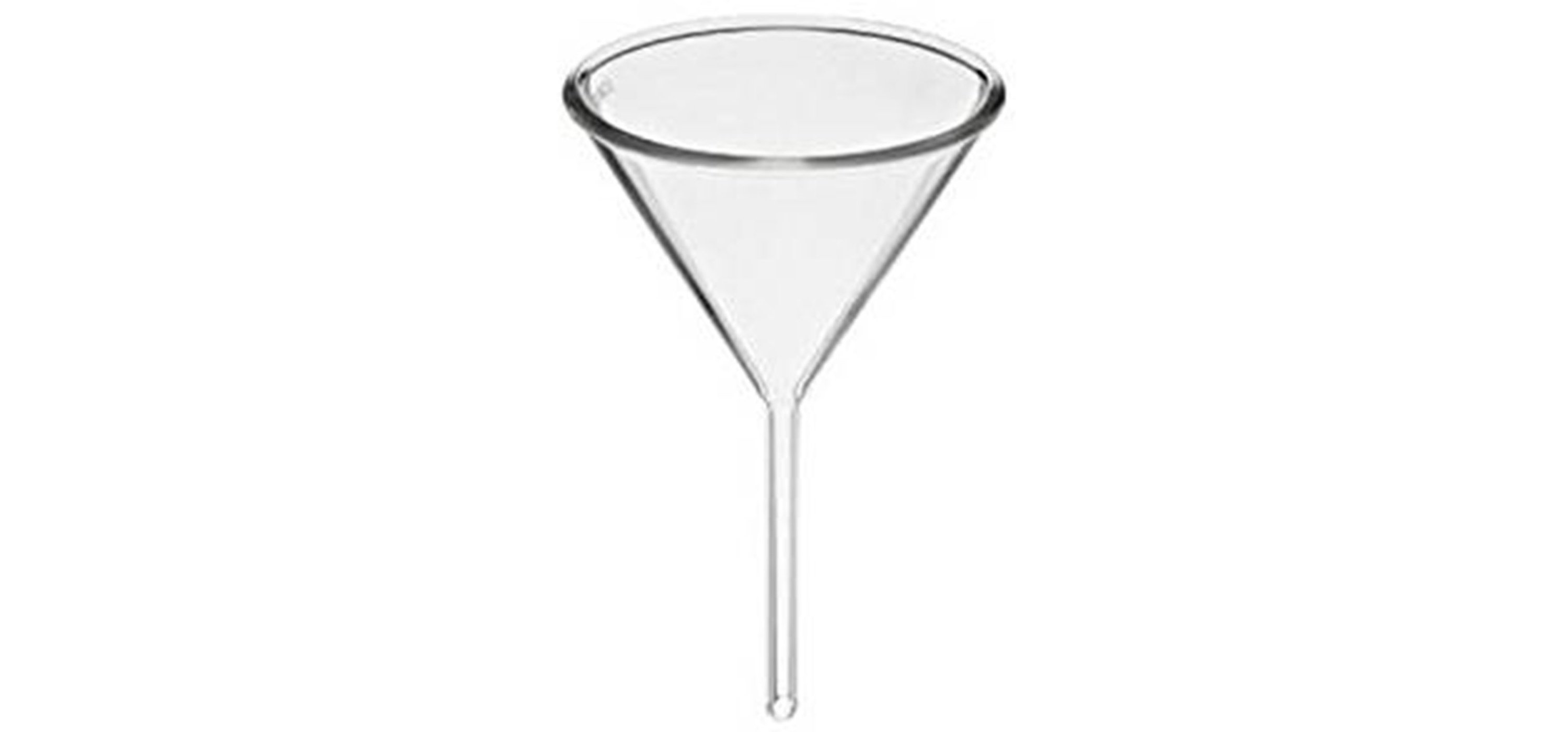
- Graduated cylinders: These are some cylindrical apparatus with several markings up and down the length of the container with the primary function dealing with proper measurement of a specific volume of liquid with precision. While taking readings, one needs to be careful to take into consideration the reading with respect to the meniscus of the liquid.
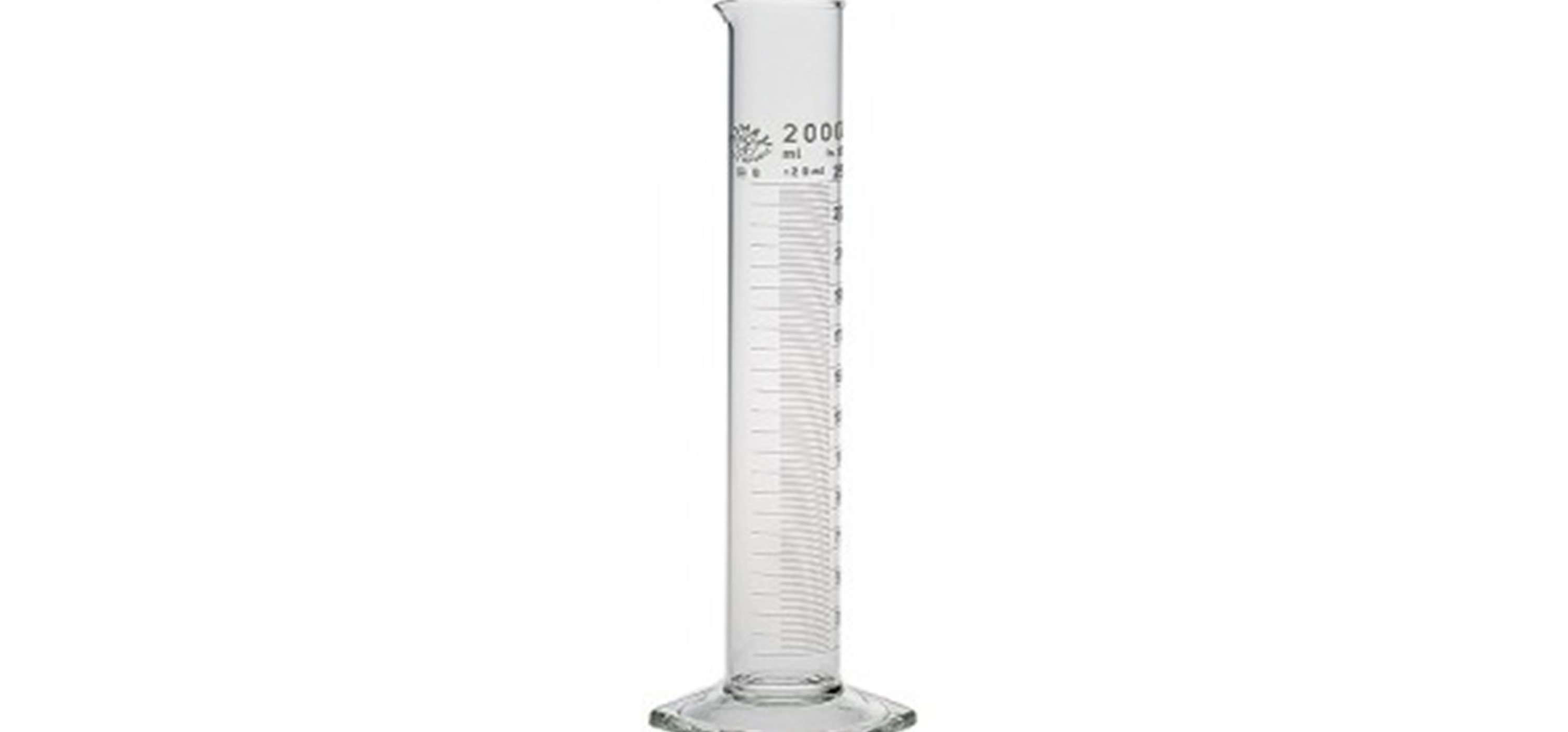
- Volumetric flasks: This is one of the most important glassware of any lab, which is made up of glass and is calibrated to hold a precise volume of liquids at any precise temperature. Different sizes of volumetric flasks are available, each calibrated for exact measurement of liquids and solutions. It is mostly used in the preparation of standard solutions.
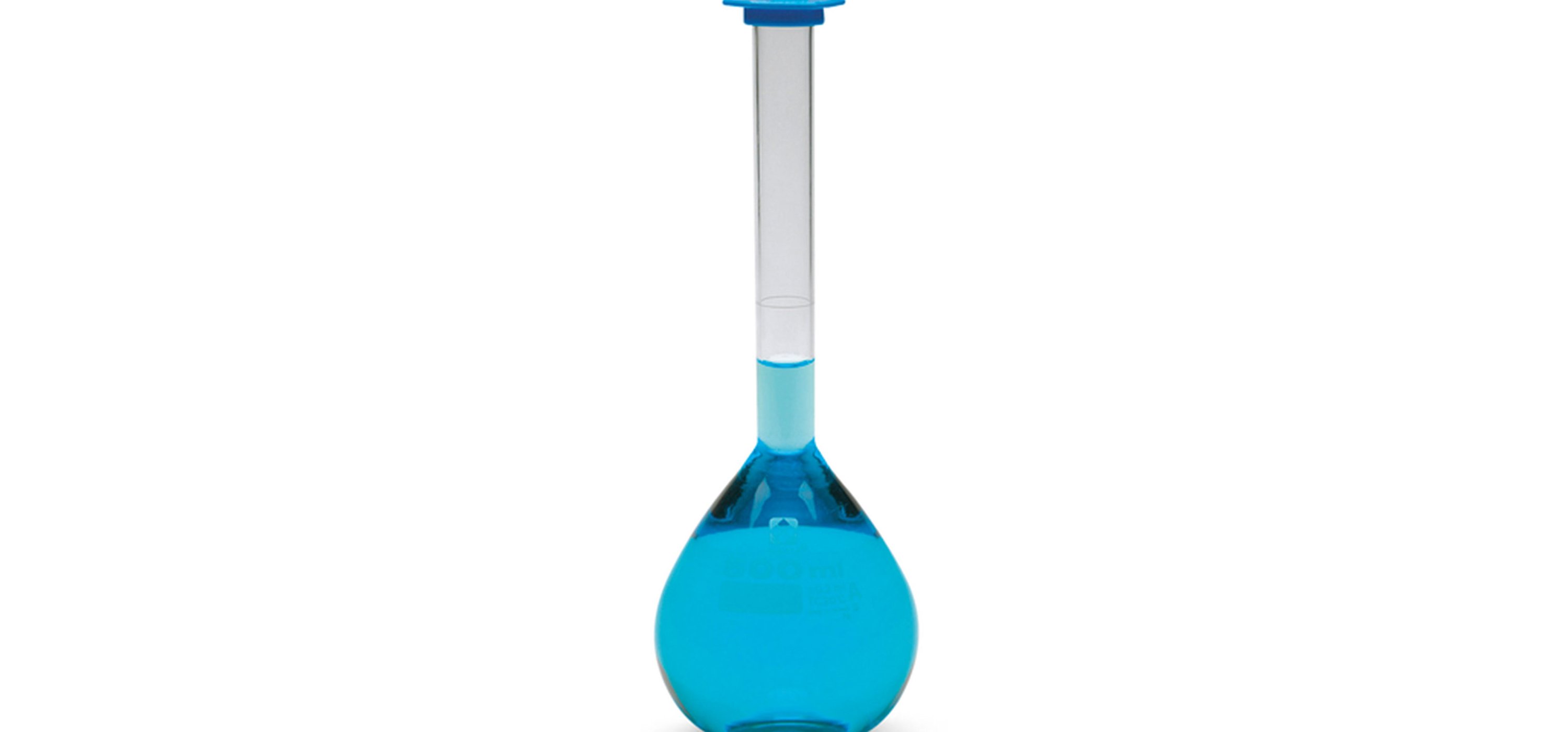
- Droppers: The dropper, also known as Pasteur pipette, is a common small apparatus, usually made up of plastic or glass cylinder, having a small nozzle on one side and a rubber holder on the other. It is used to put the liquids or solutions in any medium dropwise, that is, one drop at a time, necessary equipment when any reagent is required in an extremely small amount in a solution.
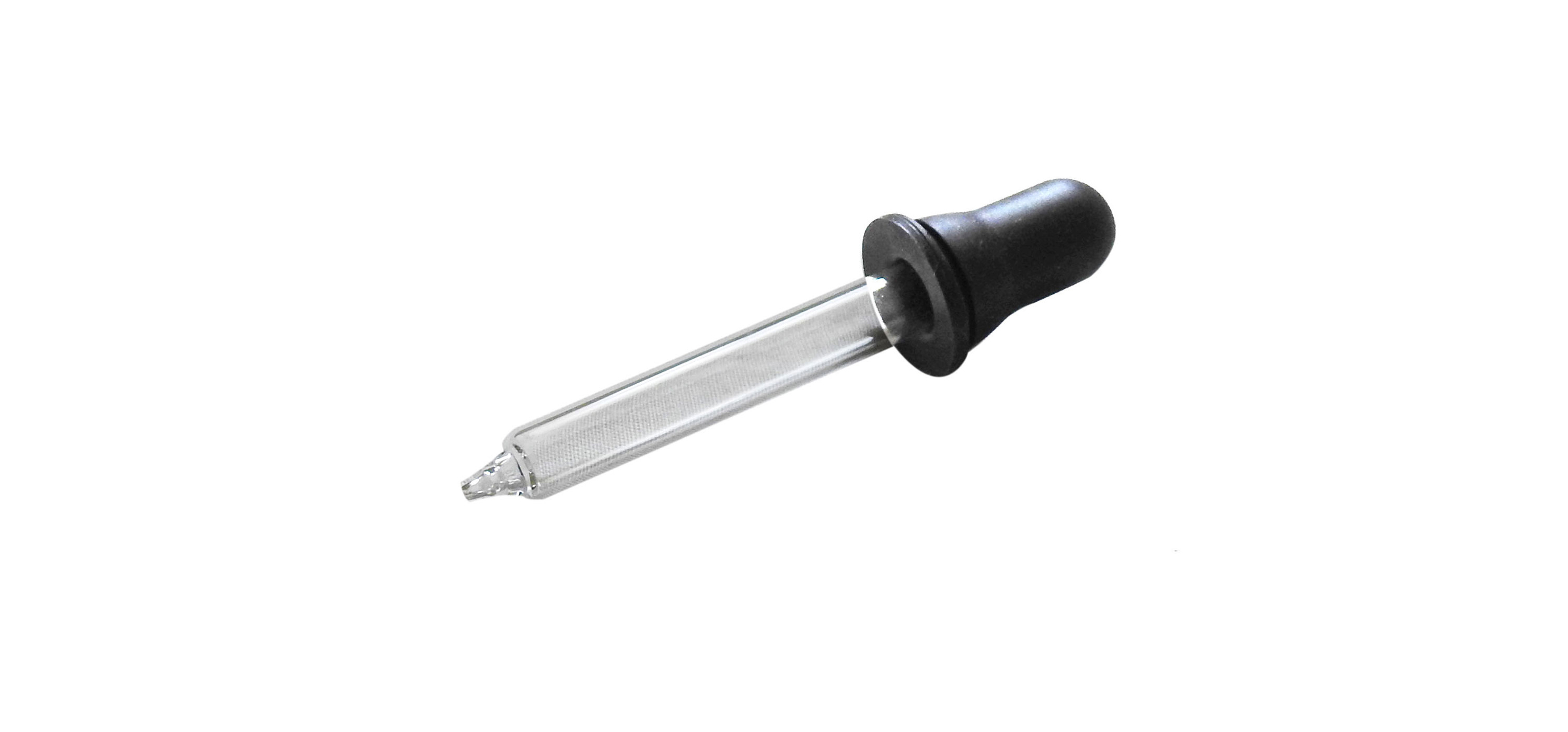
- Pipettes: Pipettes are of varying sizes, designed for accomplishing specific goals of volumes. These are narrow glass cylindrical pipes, used for measuring an exact volume of liquid and placing it into another container.
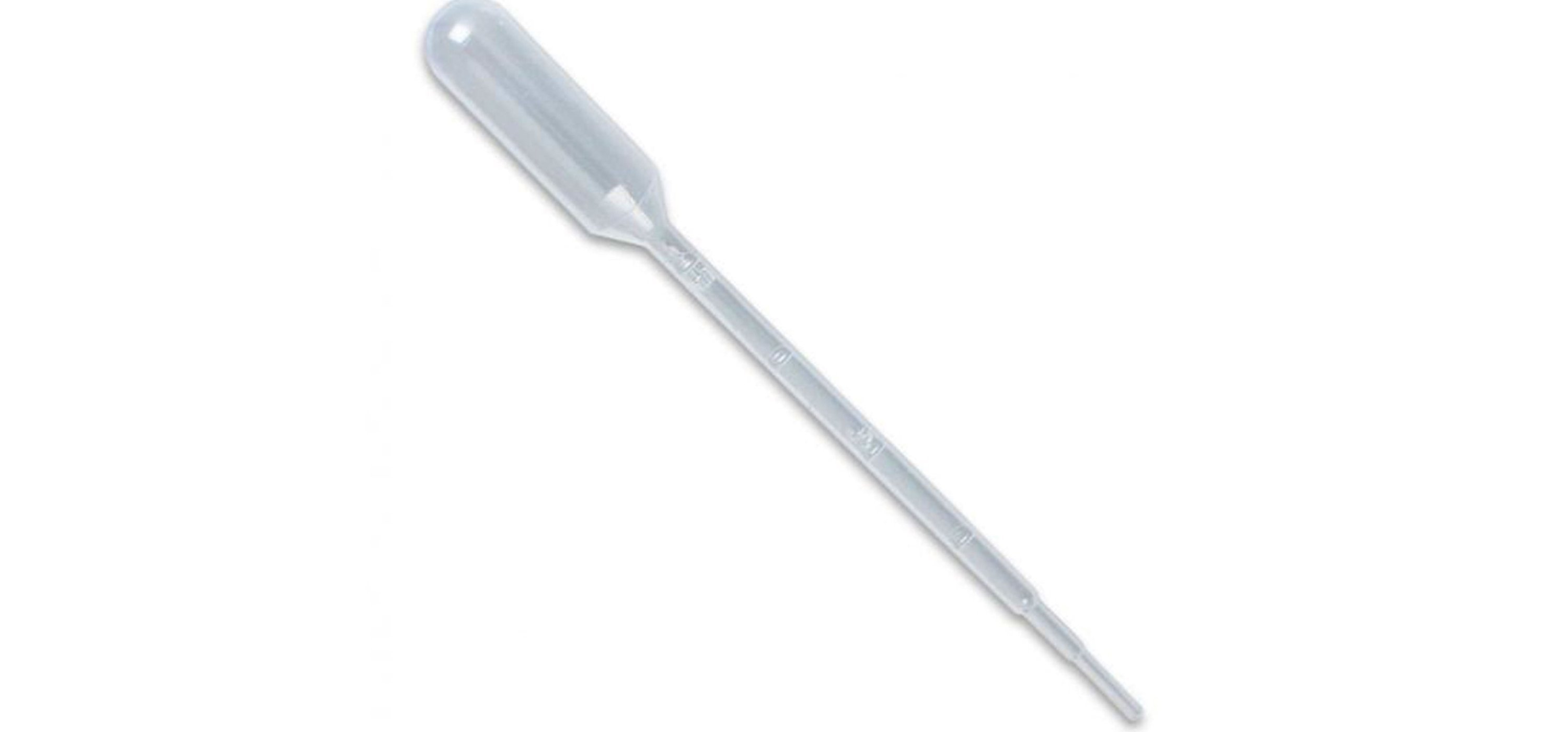
- Burettes: A very popular equipment, mostly used in the titration reactions, and is a handful in delivering a known volume of any substance to other equipment. This apparatus is a long-graduated tube, with a stopcock present at the lower end and a narrow opening at the bottom. They are usually set up by using a burette clamp in combination with a ring stand. It usually comes in the sizes of 10ml, 25ml, or 50ml.
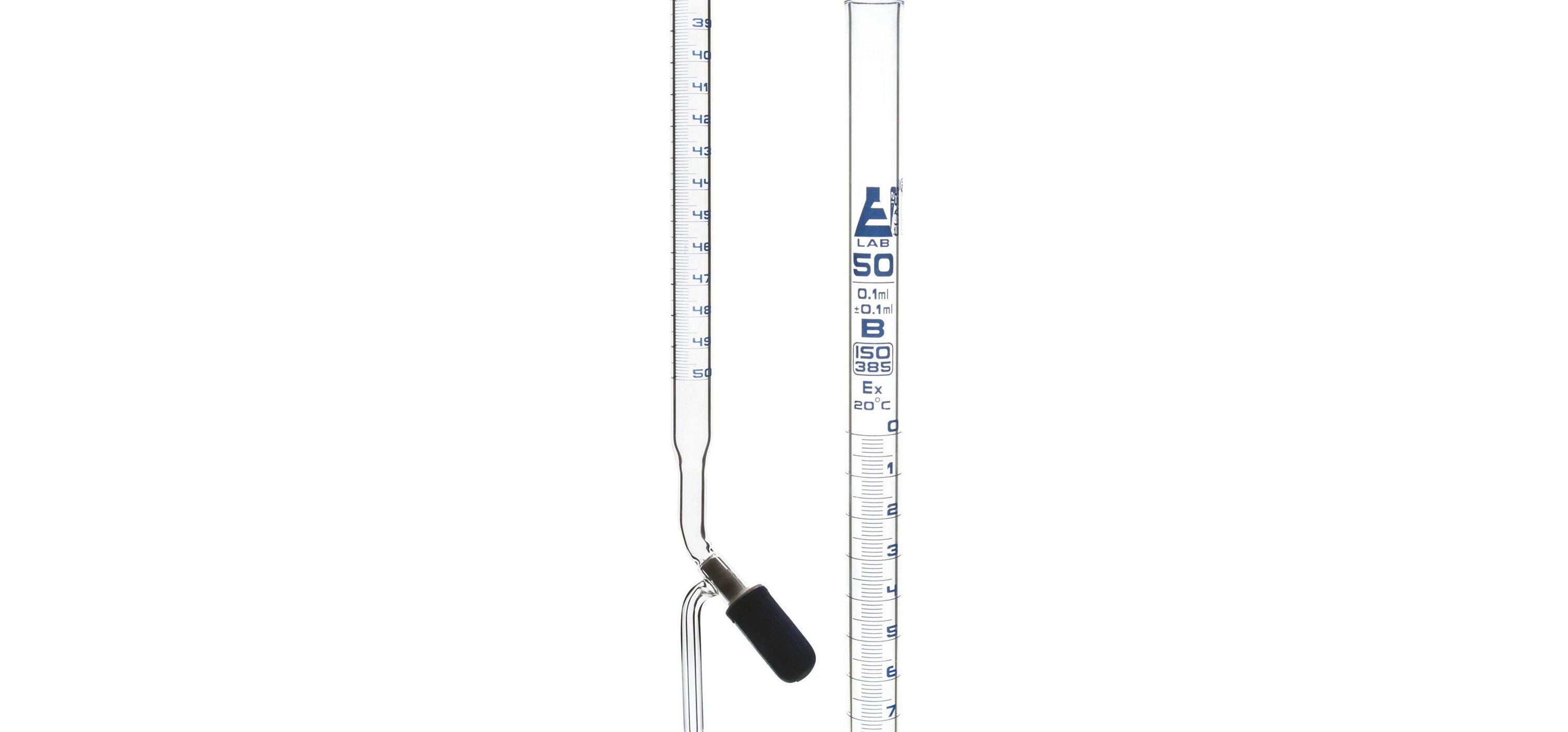
- Ring stands, rings, and clamps: These are the apparatus that are used to suspend burettes, flasks, crucibles, etc. either above other containers or above Bunsen burners for heating purposes. While heating these flasks, wire mesh is a necessary apparatus for the even distribution of the heat.
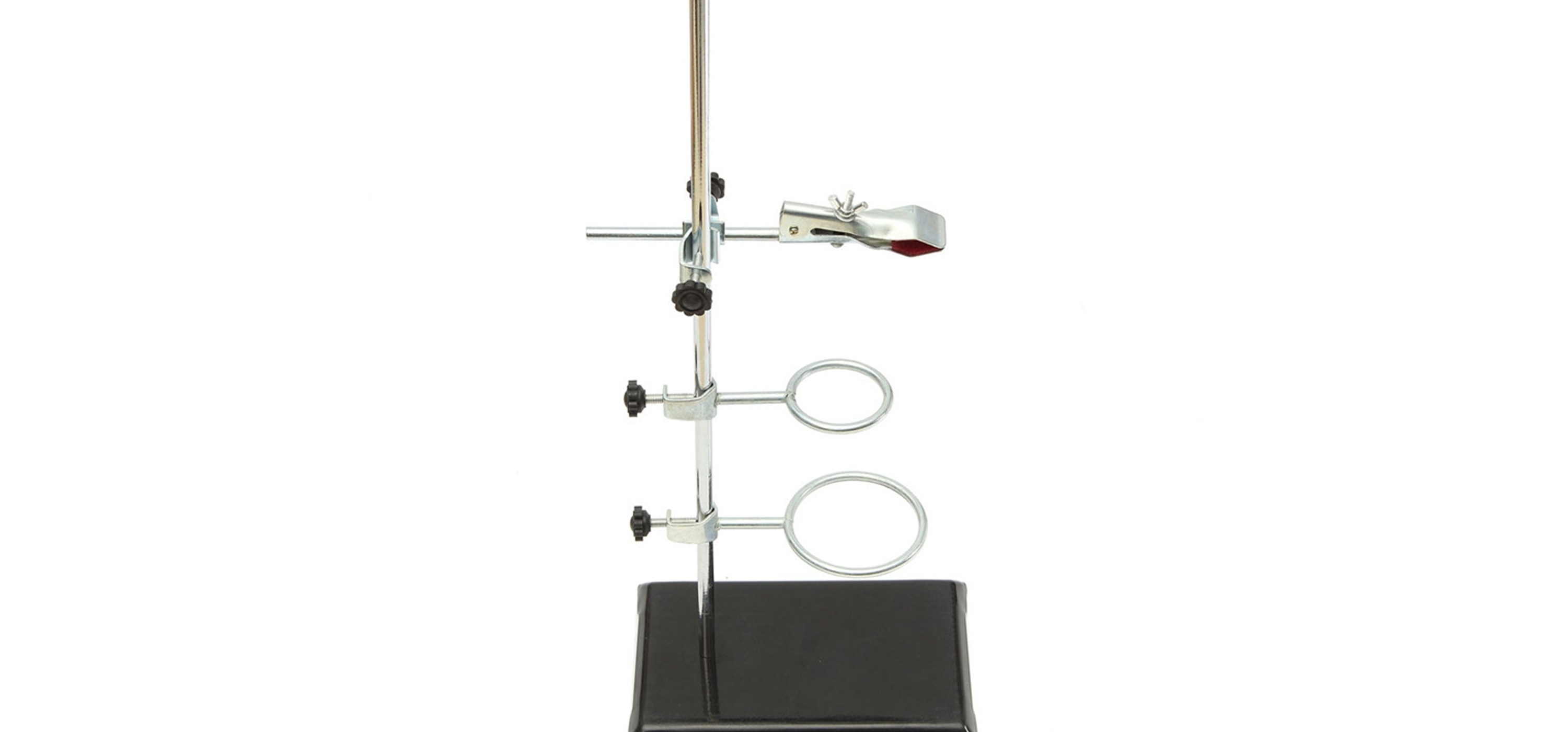
- Tongs and forceps: Tongs, though not much in use, are common and basic apparatus in any lab. They are used to grasp and lift hot vessels and harmful substances during any kind of reaction taking place in the lab. Forceps are used to grab small things like solid chemicals that are broken into chunks.
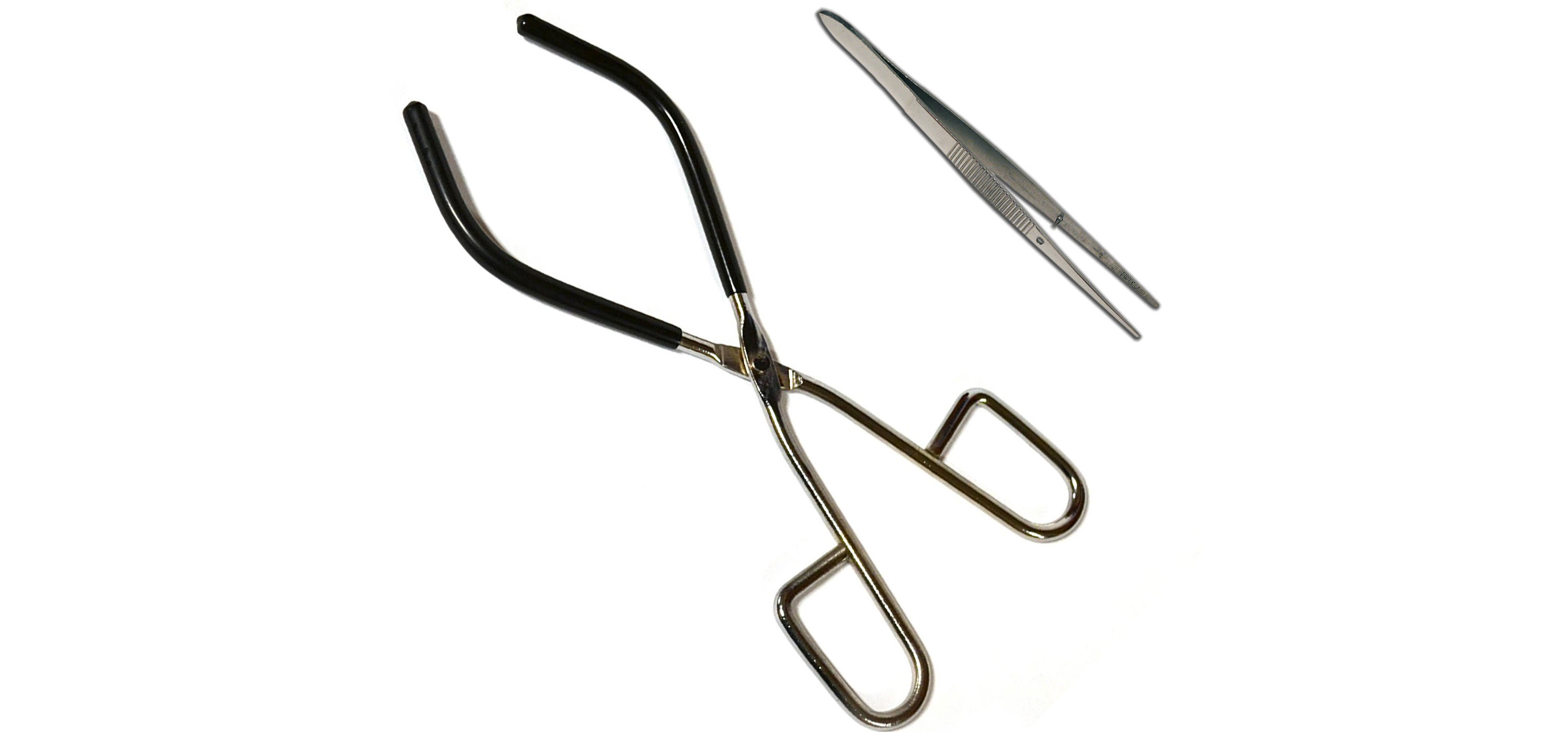
- Spatulas and scopulas: These laboratory spatulas are very much similar to the kitchen like spatulas found in our home but they are just very smaller in size in comparison. The spatulas are usually resistant to heat and acids, hence making them suitable for large range use in the laboratory experiments.
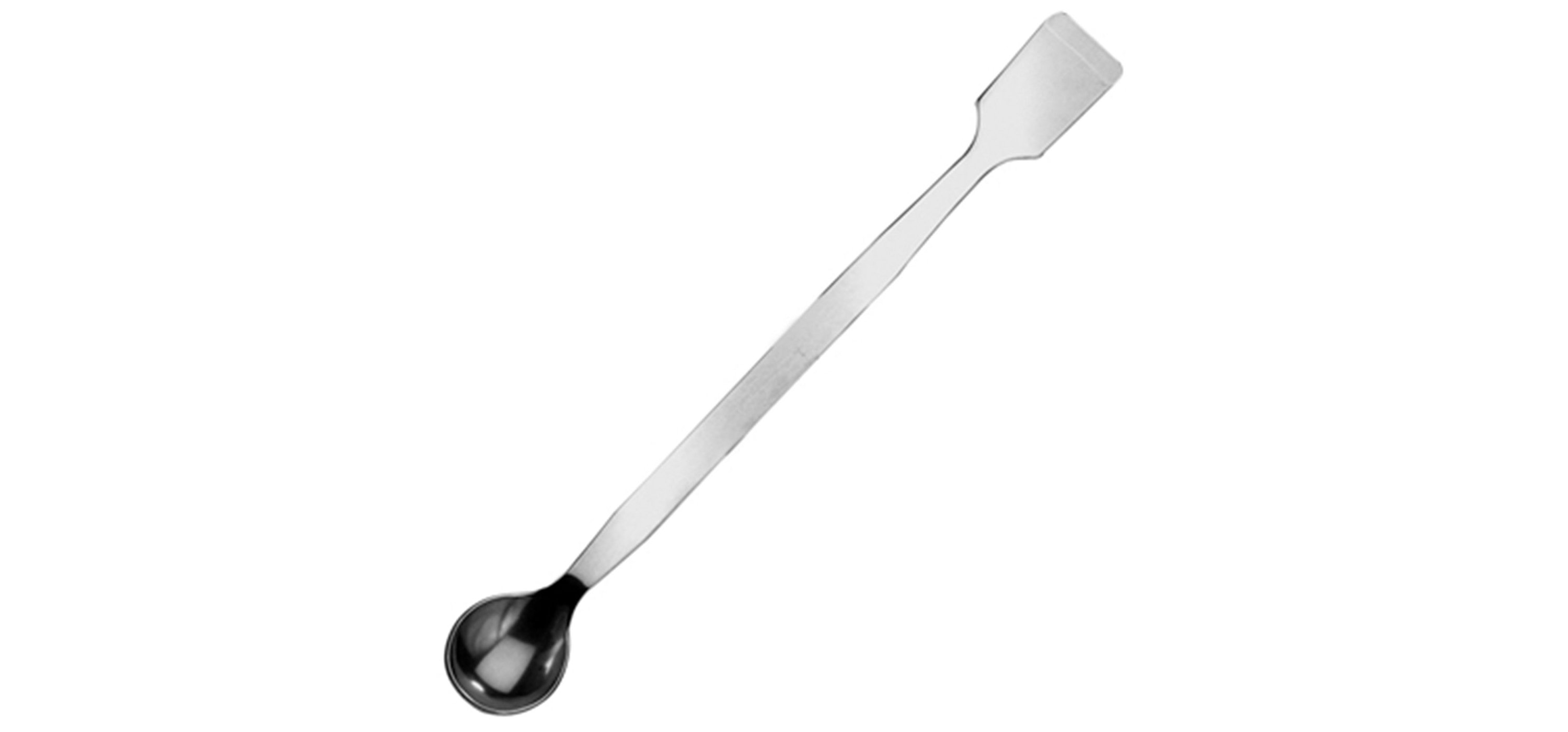
- Thermometer: Every lab is equipped with a basic thermometer as many a time, certain chemical or biological reaction can be carried out in any particular temperature range only and so to proceed, the thermometer becomes very necessary to measure the temperature of the required solution before moving forward with further reaction procedure.
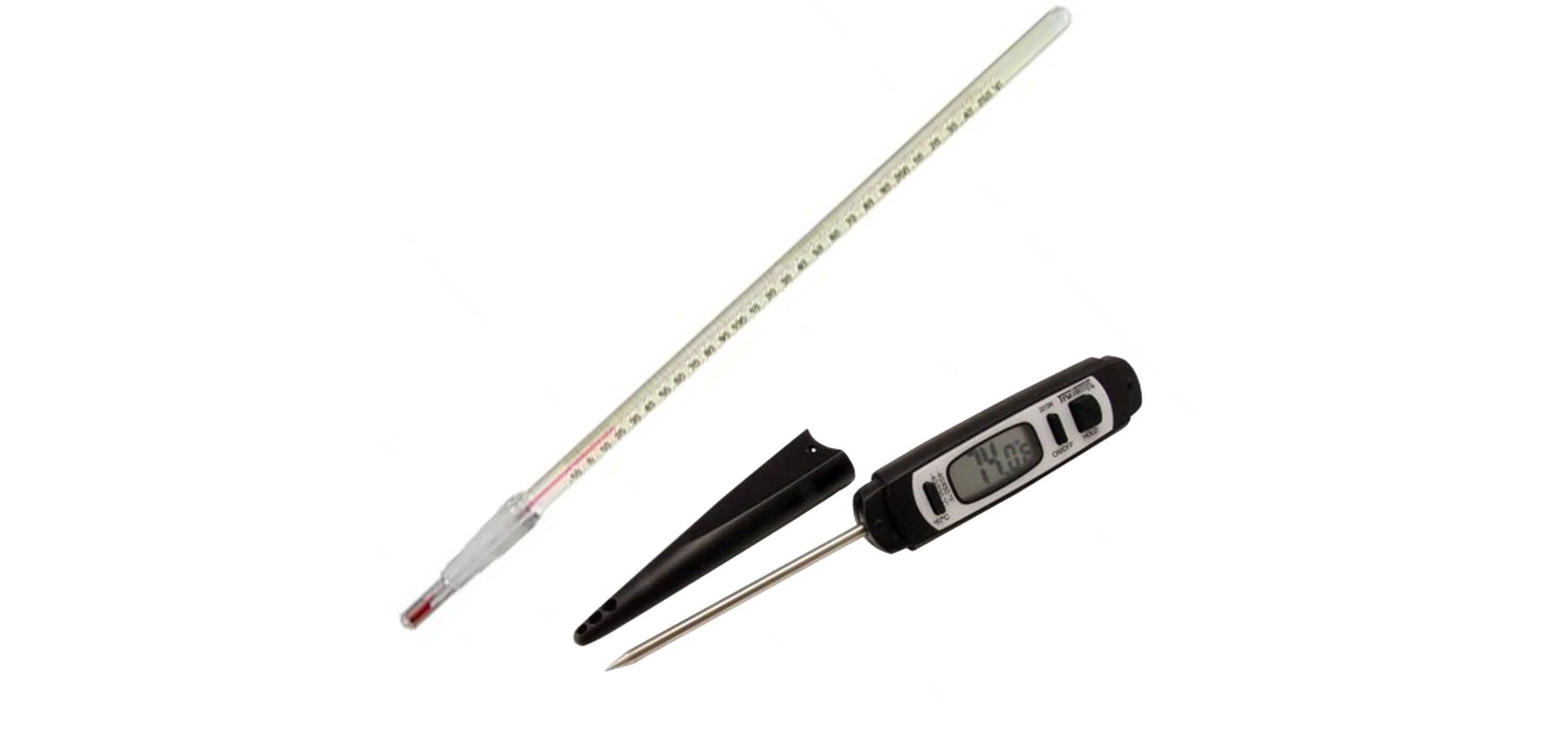
- Bunsen burner: This apparatus produces a single open flame and it is used for heating and sterilization purposes in the various experiments conducted in labs.
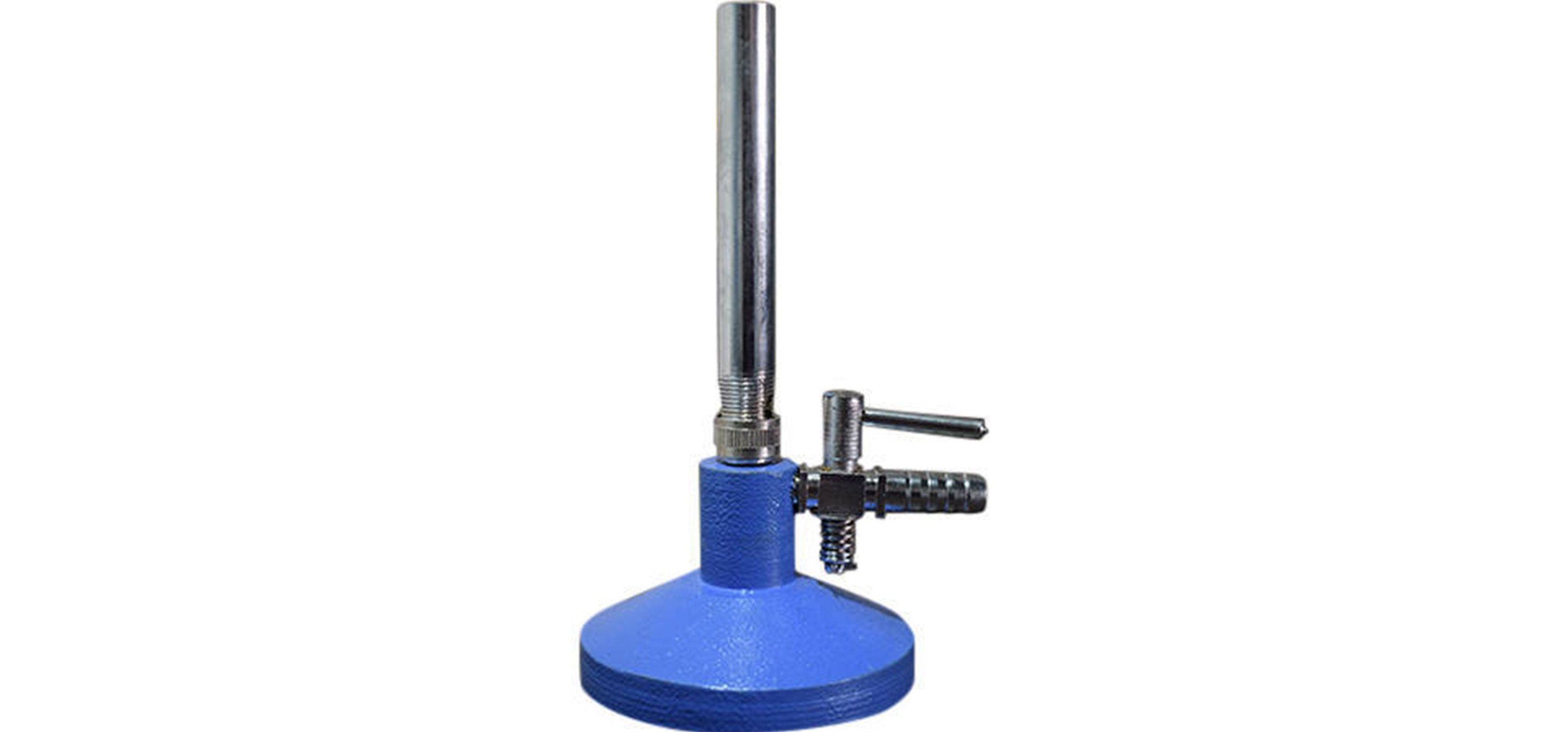
- Litmus and filter papers: These two cannot be called apparatus in a proper way, but they serve as one of the most important and basic things that will be required in any kind of laboratories. The litmus paper serves to identify the pH of any solution by changing colors whereas, the filter paper serves in the filtration process.
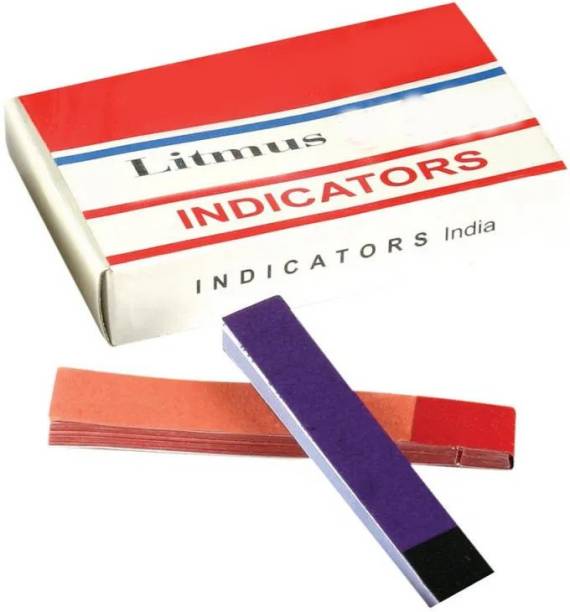
These items are the basic and must apparatus of any chemistry laboratory. Along with these, we will also get to see weighing balance, brushes to clean test tubes, wash bottles which are also used for cleaning purposes. As these apparatuses serve the basic, every student must get familiar with all this equipment and their working to have safe and sound practical experiment experiences in the chemical laboratories.
You may check out our blog on List of Science lab equipment for school READ NOW
About Labkafe: Lab Equipment Manufacturer & Exporter
We are a School laboratory furniture and Lab equipment manufacturer and supplier. In laboratory furniture for school, we first design the entire laboratory room keeping in mind the requirements as per affiliation CBSE Bye-Laws. Also, we take care of the complete designing and installation of laboratory furniture.
In the lab equipment section, we have a wide range of glassware, chemicals, equipment and other lab accessories. Most of them are available for order online on our website but some of them can be procured on demand.
If you have need:-
- laboratory equipment or lab furniture requirements for school
- composite lab equipment list for school
- Physics lab equipment list for school
- Chemistry lab equipment list for
- Biology lab equipment list for school
- Pharmacy lab equipment
do drop a message through chat or mail us at [email protected] or call +919007218364 and we’ll get in touch with you.
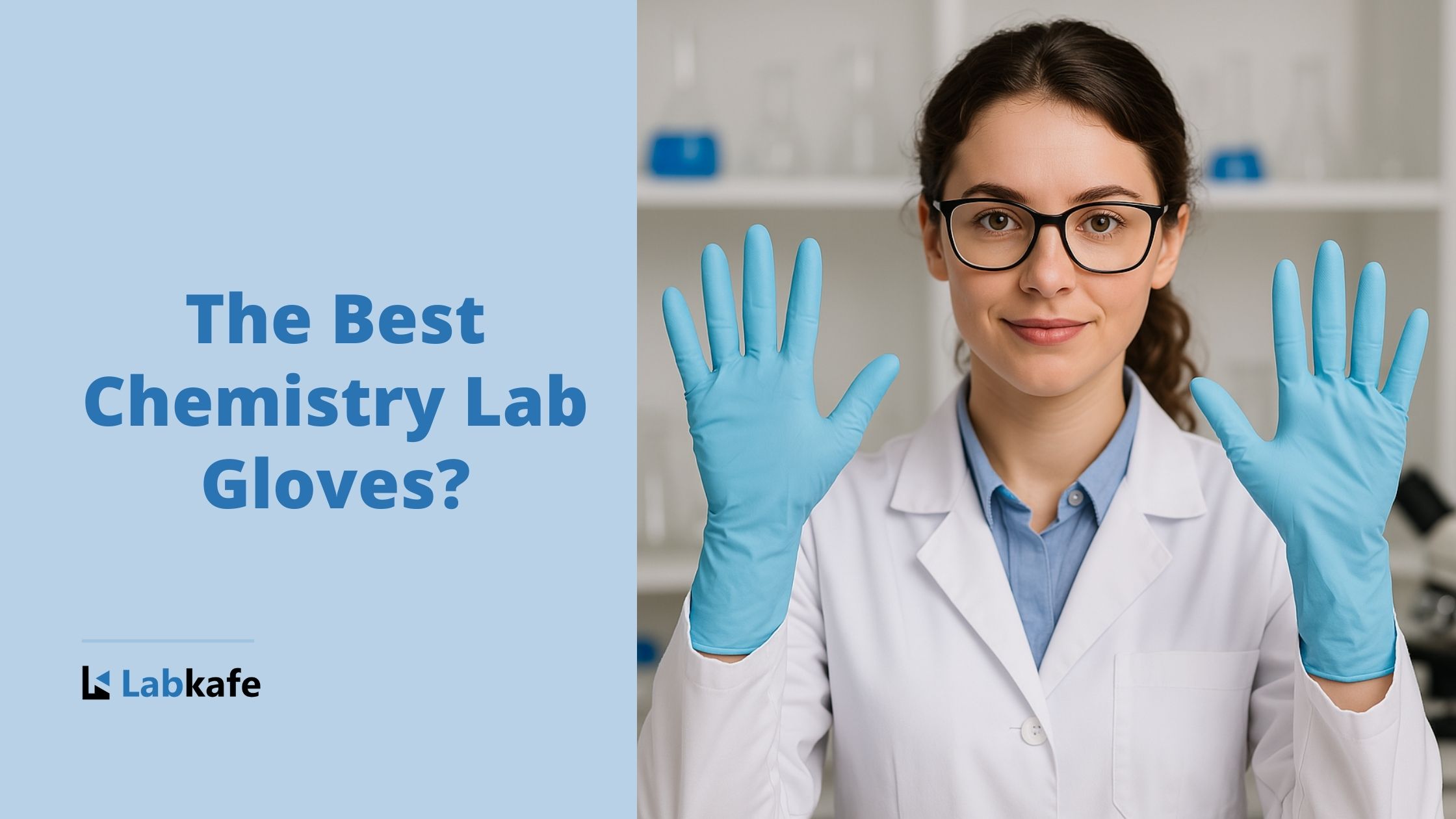
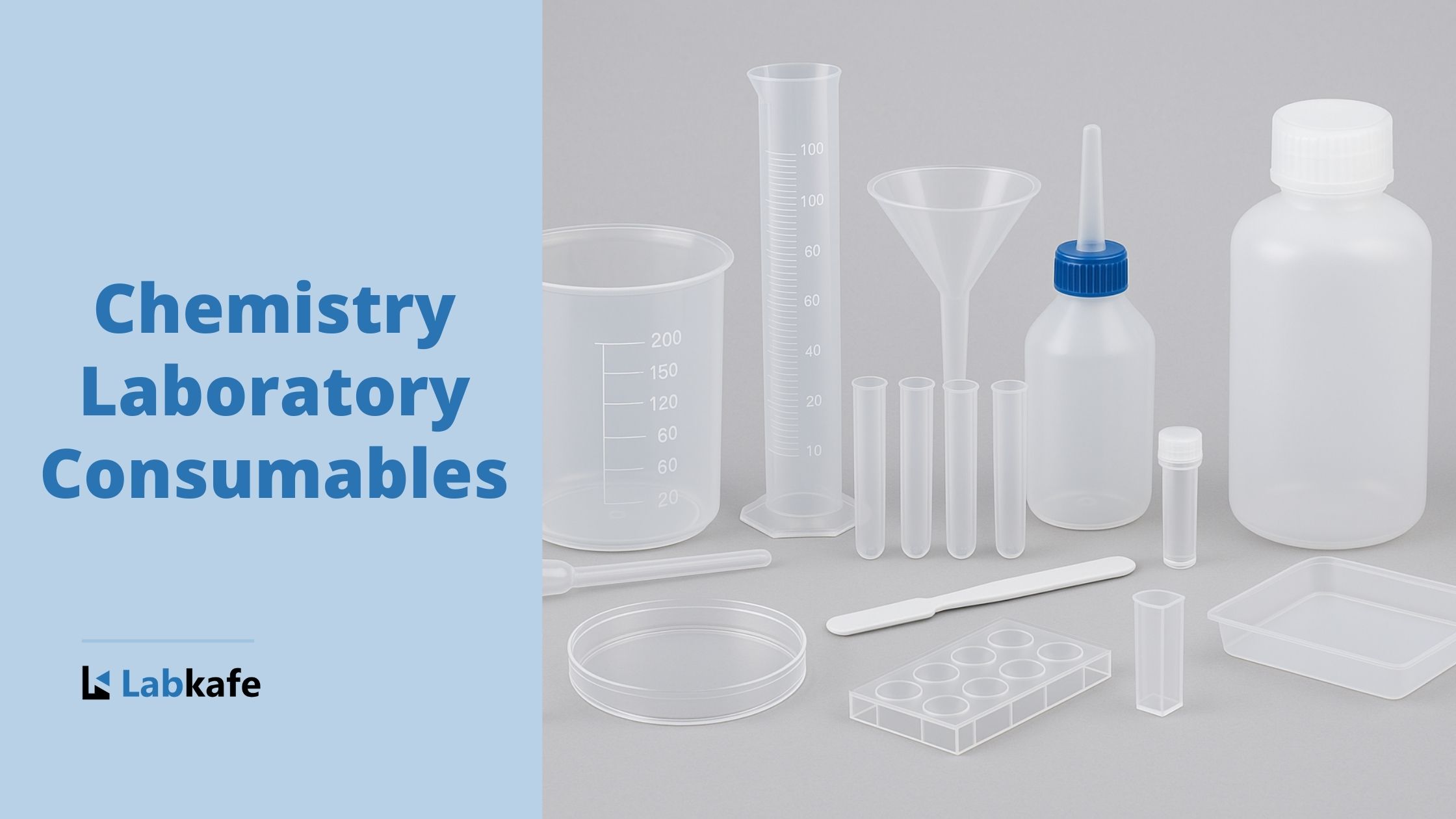
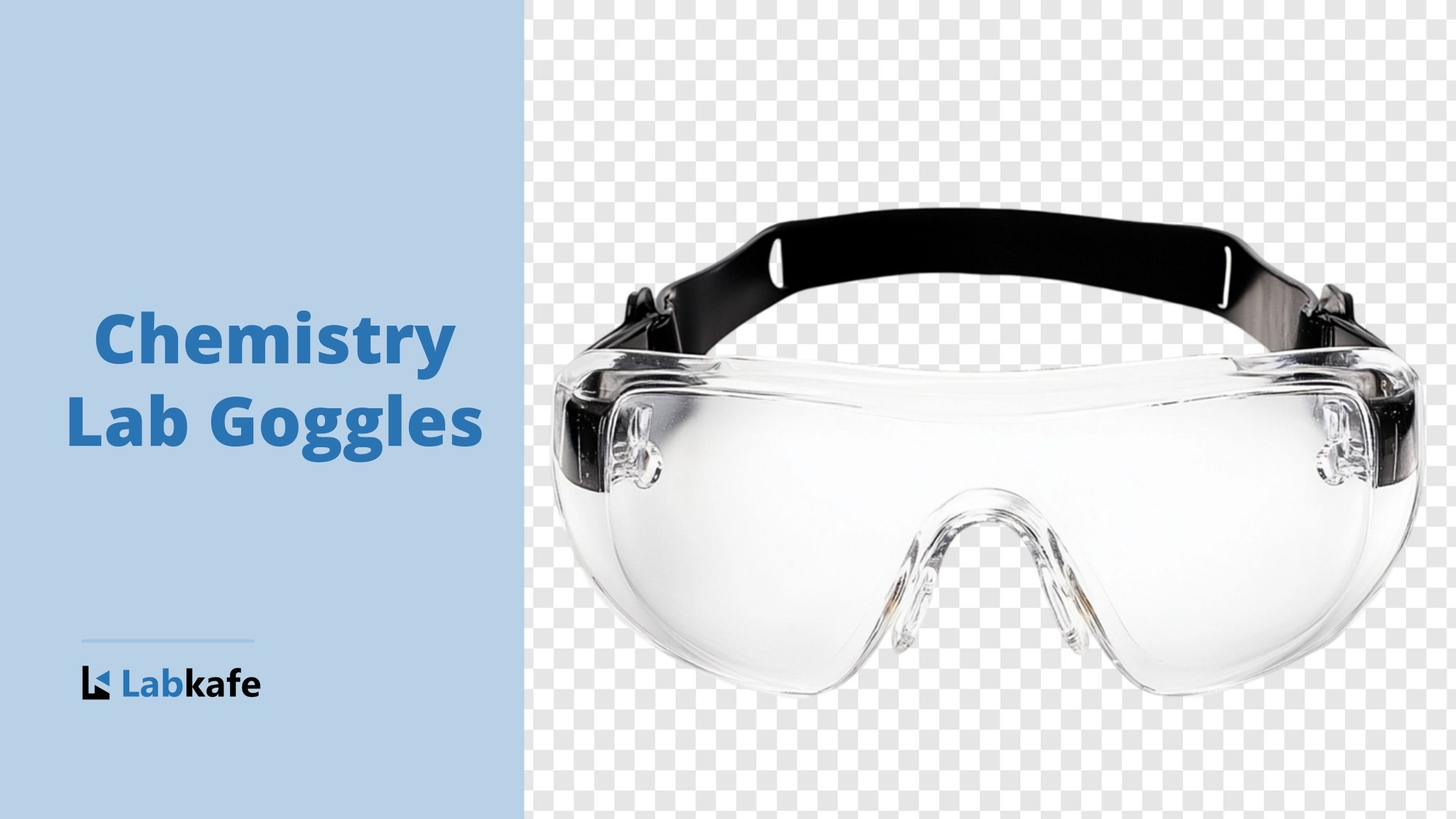

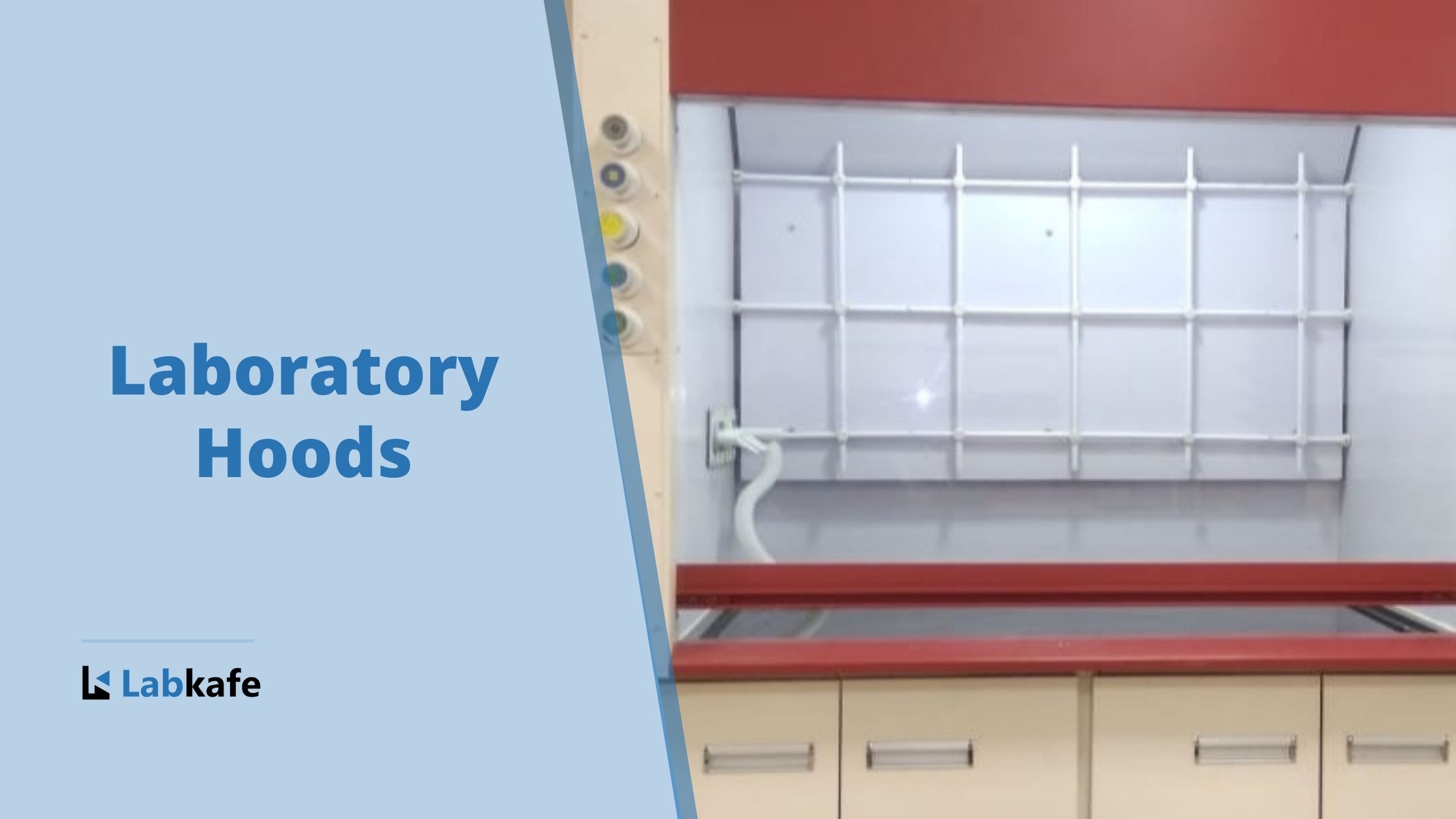
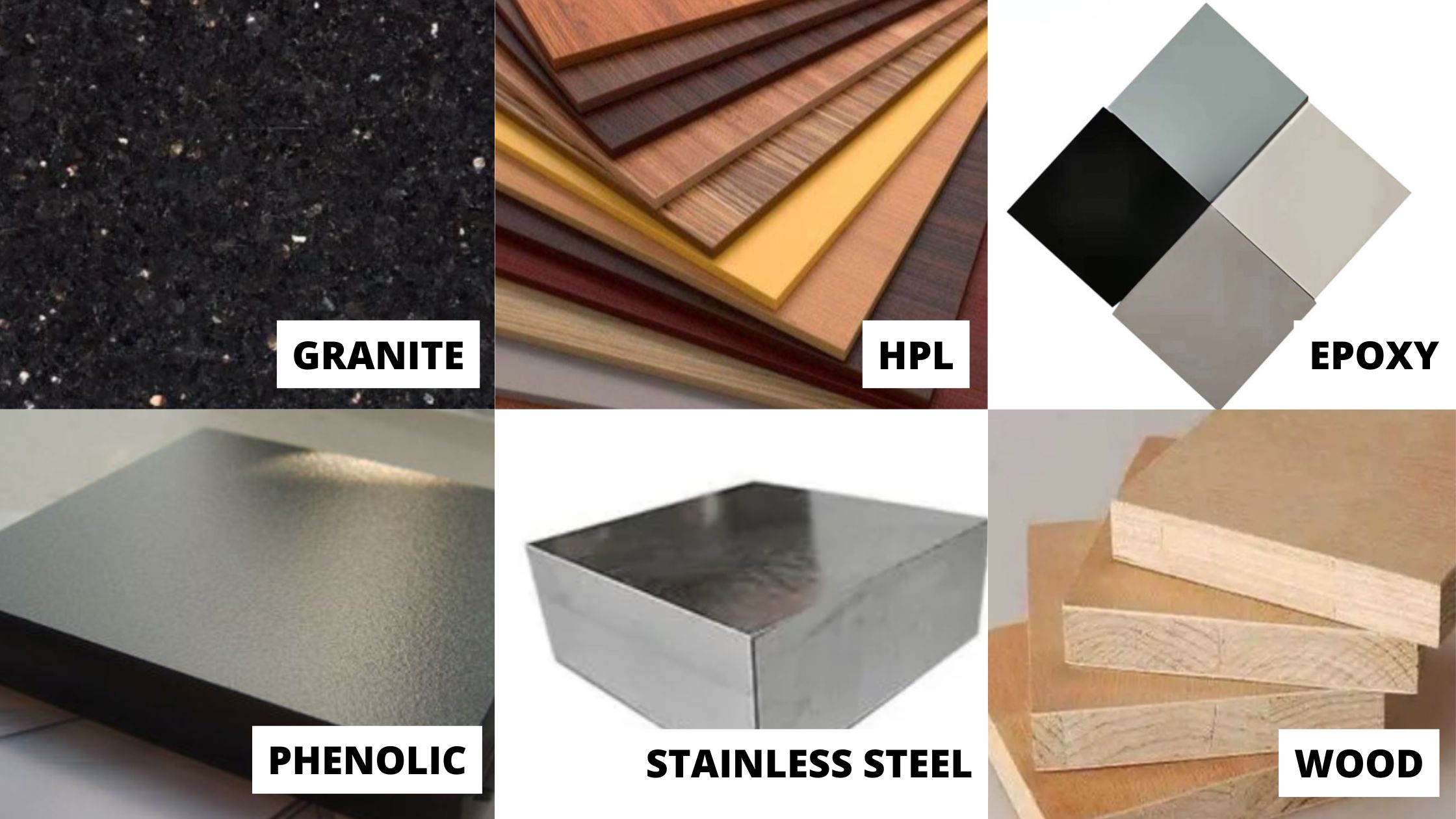
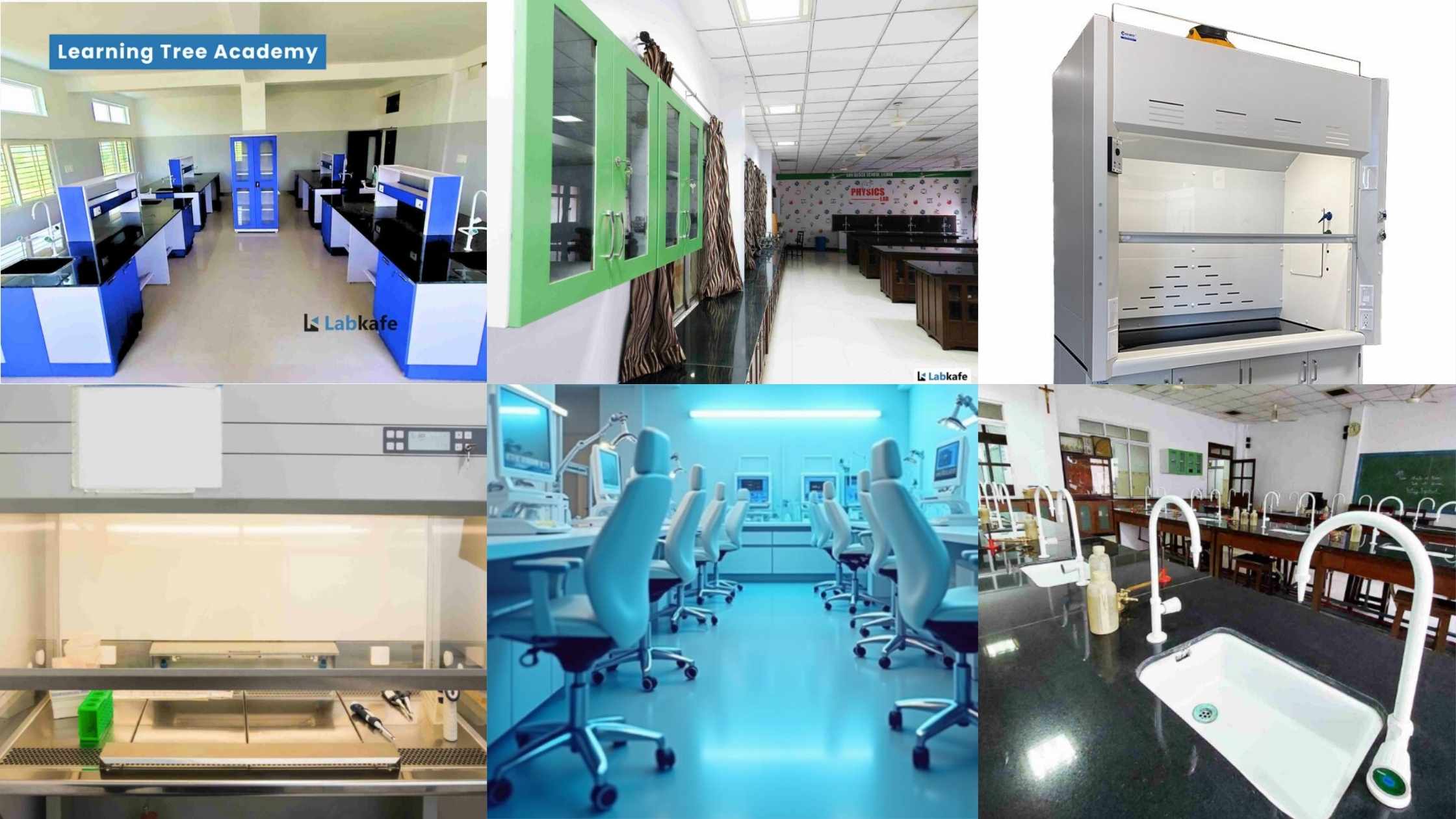
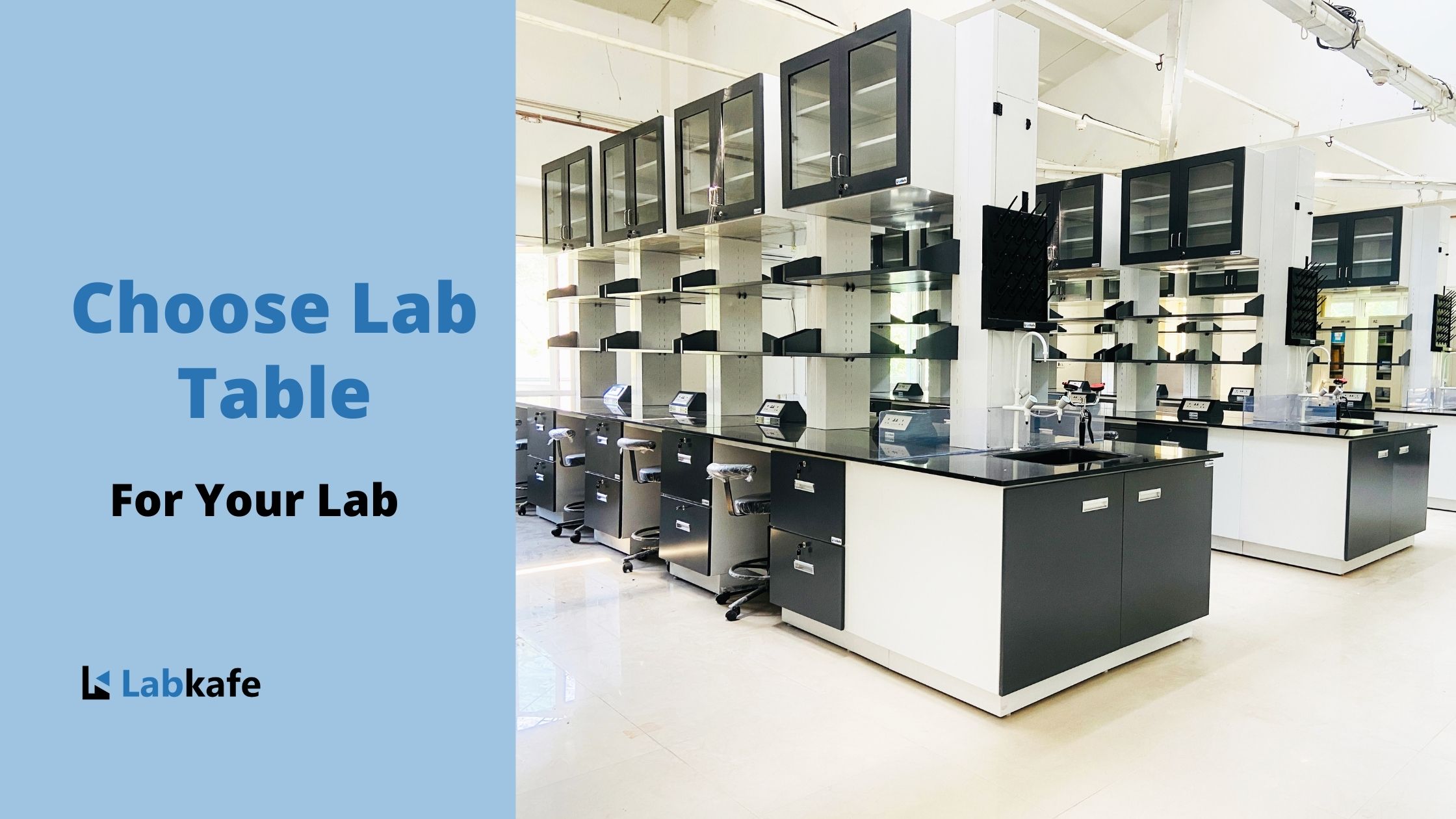
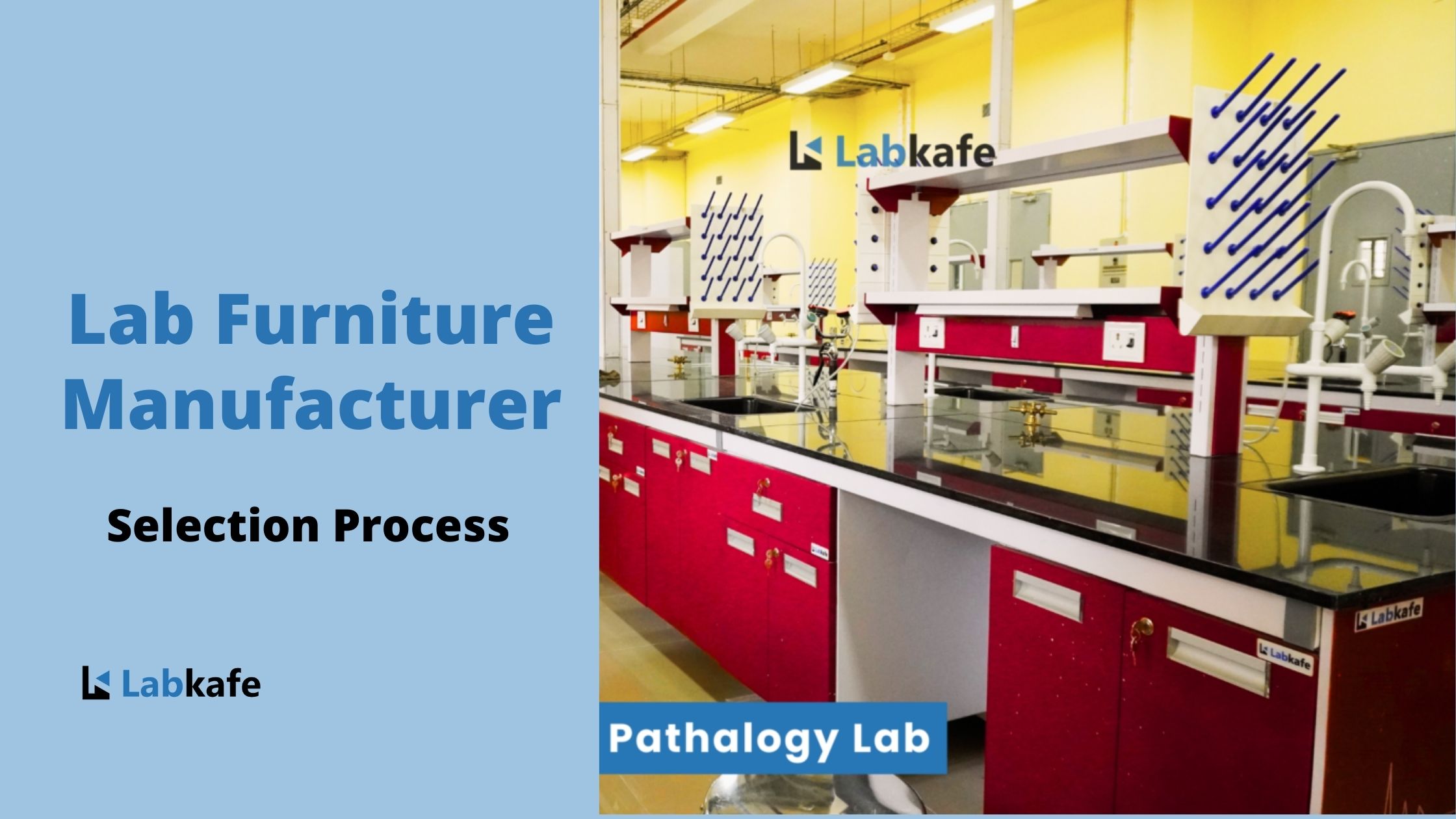
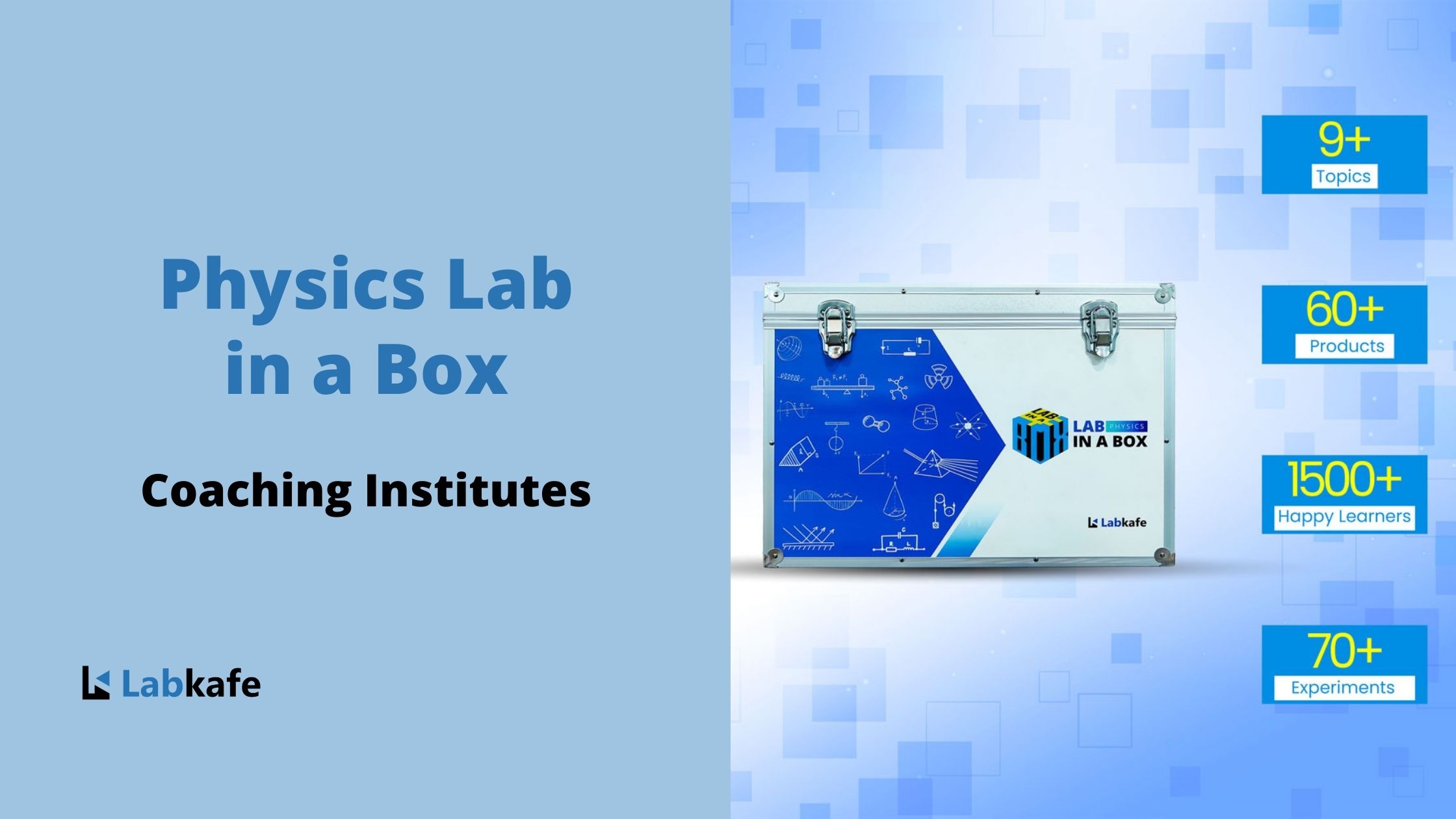
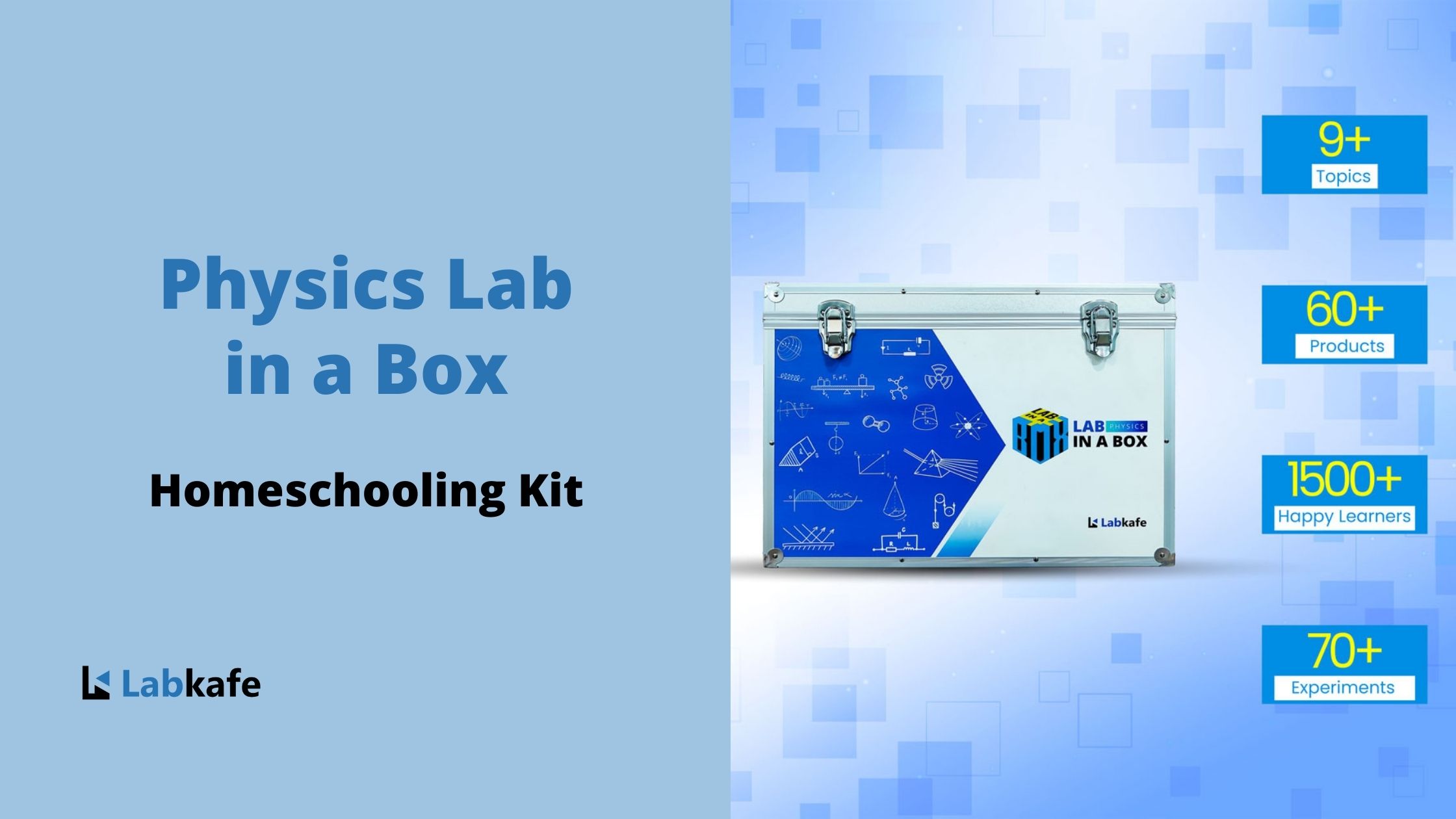

Leave a Reply